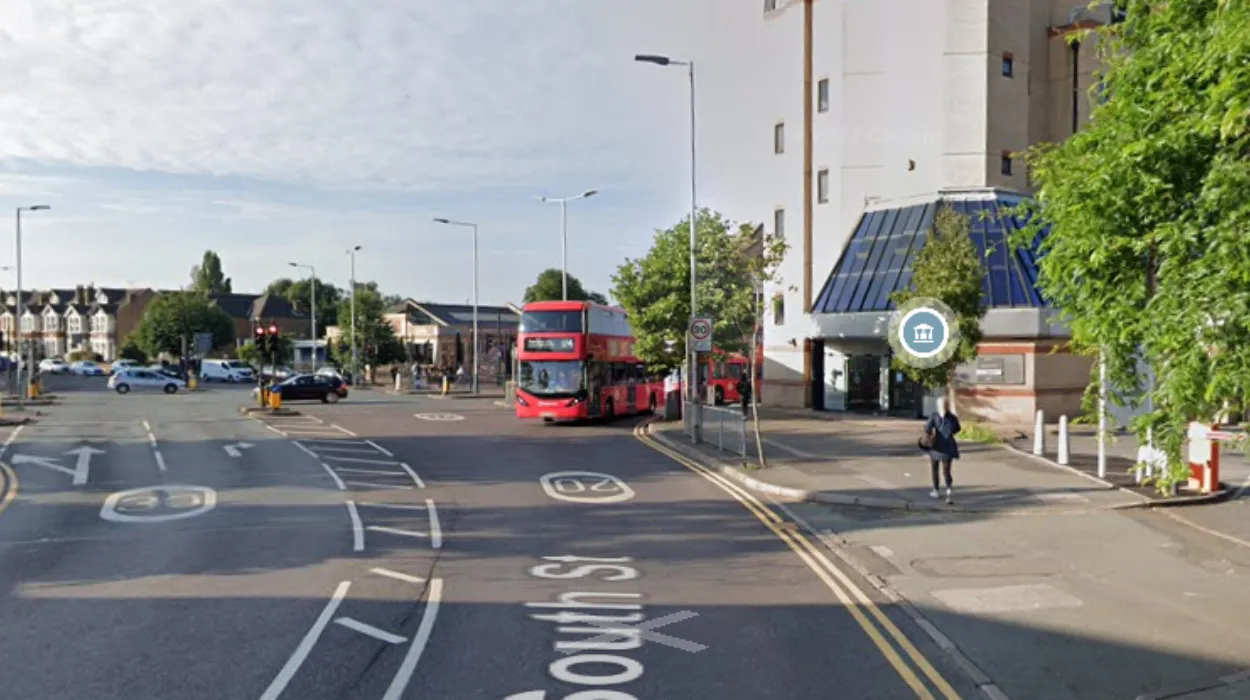Havering (Parliament Politics Magazine) – Two men were hospitalized following a violent altercation on South Street in Romford, Havering. Police launched an investigation into the late-night incident.
Just after 4.30 am on this morning (May 24), Metropolitan Police officers were called to South Street and informed that two individuals were hurt.
After being found, the men were sent to a hospital with non-life-threatening injuries.
Although the facts are still being investigated, it is currently known that they were hurt during “an altercation with an unknown group of males.”
No one has been taken into custody.
A Met spokesperson said:
“Police were flagged down at about 04:33 hrs on Saturday, 24 May regarding two men suffering injuries following an altercation in South Street, Romford.
Officers and the London Ambulance Service attended and they were taken to hospital with non life-threatening injuries.
It is believed they were injured following an altercation with an unknown group of males. No arrests have been made. Enquiries continue.”
Police are asking anyone with information to call 101 and mention CAD 1267/24 MAY.
As an alternative, you can reach Crimestoppers, an independent charity, anonymously at 0800 555 111.
How are local hospitals managing an increase in violence related injuries in Havering?
In order to better understand and mitigate risk factors, hospitals enforce zero-tolerance policies against violence and promote thorough reporting of violent episodes.
To lessen the incidence and intensity of violence, these programs frequently incorporate action plans customized for particular units and patient populations.
Healthcare professionals can receive continuous education and training in verbal de-escalation tactics, crisis intervention, and self-defense skills from many hospitals.
By increasing staff confidence and their ability to control aggressive behavior, these treatments have been demonstrated to lower the frequency and recurrence of violent episodes.
Early identification of patients at higher risk of violent conduct through the use of screening tools and checklists enables preventative actions like more supervision or individualized treatment plans. But these tools work best when used in conjunction with follow-up procedures.


